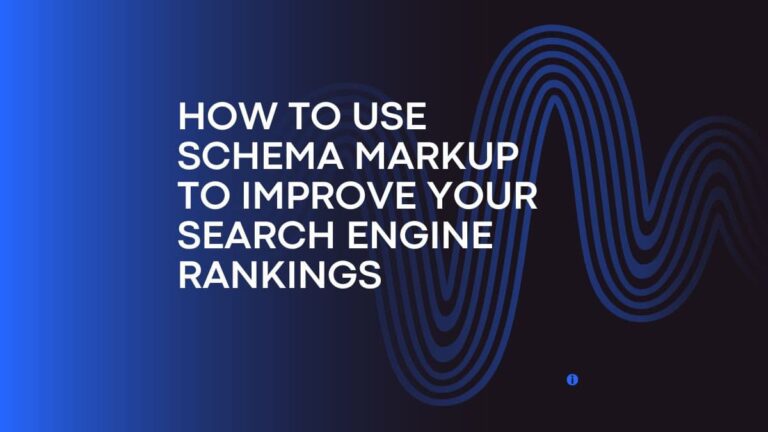
Leveraging Augmented Reality in Marketing Campaigns
Brands are in a constant battle for consumer attention. Traditional ads often blend into the background, making it harder for businesses to create lasting impressions. But what if customers could interact with a product before entering a store? Enter Augmented Reality (AR)—a game-changing technology transforming marketing into an immersive, engaging, and highly personalized experience.
Brands that successfully integrate AR into their marketing strategies are seeing higher engagement, better brand recall, and even increased sales. But how exactly does AR work in marketing, and what makes it so effective? Let’s dive into how companies leverage AR, its benefits, and the future for this cutting-edge technology.
What is Augmented Reality in Marketing?
At its core, Augmented Reality (AR) enhances the real world by overlaying digital content onto a user’s surroundings. Unlike Virtual Reality (VR), which creates an entirely digital environment, AR blends physical and digital elements, offering consumers interactive experiences in their real-world spaces.
AR is a powerful tool transforming passive audiences into active participants. Instead of merely watching an ad, customers can engage with products hands-on—from trying on virtual clothing to visualizing furniture in their homes. This level of interactivity helps brands forge deeper connections with consumers while making their campaigns more memorable and shareable.
How Brands Are Using AR in Marketing

Forward-thinking brands across various industries have already embraced AR, proving its effectiveness in customer engagement. Here are some standout examples:
1. IKEA’s Virtual Furniture Placement
One of the biggest hurdles in furniture shopping is uncertainty—how will a couch look in my living room? Will that bookshelf fit in my space? IKEA solved this problem with its IKEA Place app, which allows users to place true-to-scale virtual furniture in their homes using AR. This technology reduces buyer hesitation and enhances the shopping experience, making customers more confident.
2. Gucci’s Virtual Sneakers
Luxury brand Gucci took a bold step into AR marketing by launching virtual sneakers—digital-only shoes that customers could ‘try on’ through Snapchat and other AR platforms. Beyond just being a novelty, this campaign tapped into the growing digital fashion trend, where consumers purchase virtual items to wear in photos or on social media. This innovative strategy drove engagement and positioned Gucci as a trendsetter in tech-driven fashion.
3. The Mandalorian AR Experience by Lucasfilm
To promote the second season of The Mandalorian, Lucasfilm launched an AR app that allowed fans to bring characters from the Star Wars universe into their real-world surroundings. Users could see and interact with digital versions of their favorite characters, deepening their connection to the franchise. By making the promotion an experience rather than an advertisement, Lucasfilm successfully turned casual viewers into devoted fans.
4. Sephora’s Virtual Try-On Tool
The beauty industry thrives on personalization, and Sephora leveraged AR to enhance the customer experience with its Virtual Artist tool. This app allows users to apply virtual makeup—from lipsticks to eyeshadows—using AR before making a purchase. The result? Increased customer confidence, reduced product returns, and a seamless online shopping experience mimicking an in-store beauty consultation.
The Psychology Behind Augmented Reality
1. Increased Engagement & Interaction
AR turns passive viewers into active participants, making marketing campaigns far more engaging. Studies show that interactive content increases brand recall by up to 70% compared to static ads. When users actively engage with a brand, they are more likely to remember it, share it, and convert into customers.
2. Personalized & Tailored Experiences
Consumers expect personalized marketing. AR takes personalization a step further by allowing users to customize and interact with products in real-time. Whether it’s seeing how a pair of glasses fits their face or testing different car colors, AR makes every experience unique to the individual, fostering deeper brand connections.
3. Differentiation in a Crowded Market
With digital marketing becoming saturated, brands need innovative ways to stand out. AR provides a competitive edge by offering an experience that is still relatively new and exciting for many consumers. Early adopters of AR marketing are perceived as cutting-edge and forward-thinking, enhancing their brand reputation.
How to Integrate AR into Your Marketing Strategy
Consider incorporating AR into your campaigns. Here’s a step-by-step guide to getting started:
1. Define Clear Goals
Before diving into AR, determine what you want to achieve. Are you looking to boost engagement, increase sales, enhance customer experience, or improve brand awareness? Setting clear objectives will help shape your AR campaign effectively.
2. Understand Your Audience
Different demographics interact with AR in different ways. While Gen Z and Millennials are more likely to engage with AR through social media filters, older demographics may prefer practical applications, like virtual product demos. Knowing your audience ensures your AR campaign resonates and delivers value.
3. Choose the Right AR Technology
Several platforms offer AR marketing solutions, including:
- Social Media AR Filters: Snapchat and Instagram offer built-in AR tools for branded filters and experiences.
- AR Shopping Apps: Brands like Sephora and IKEA use custom apps to provide AR shopping experiences.
- Web-Based AR (WebAR): No app required—users can access AR directly through their browsers, making it more accessible.
4. Create Interactive & Valuable Content
Your AR experience should enhance the customer journey, not just exist for novelty. Whether it’s a virtual try-on, an interactive tutorial, or an immersive brand story, the content should be meaningful and add value to the consumer.
5. Test, Optimize & Scale
Start with a pilot campaign to gauge user engagement and feedback. Monitor metrics like interaction rates, conversion rates, and time spent in AR experiences, then tweak accordingly. Once optimized, scale your AR efforts for a broader reach.

Using Augmented Reality in Marketing
Emerging trends for augmented reality include:
- AI-Enhanced AR: Artificial intelligence will make AR experiences even more innovative, with hyper-personalized recommendations.
- AR in E-Commerce: More brands will integrate AR into their online shopping platforms, reducing the gap between digital and in-store experiences.
- The Rise of the Metaverse: AR will play a crucial role in shaping brand experiences in virtual spaces as digital and physical worlds merge.
With these advancements, AR will move beyond a novelty and become a standard in marketing strategies across industries. Brands that embrace AR early will gain a significant advantage in customer engagement and innovation.

Why AR is a Good Marketing Strategy in 2025
AR is a powerful marketing tool that enhances engagement, personalizes interactions, and sets brands apart in an increasingly crowded digital space. By incorporating AR into your strategy, you’re not just keeping up with trends but leading the way in digital innovation.
So, is your brand ready to step into the future? Start exploring how AR can transform your marketing efforts today.
Digital Results would be happy to help you with your digital marketing needs. Get in touch for a free 30-minute consultation—one of our experts will walk through how we can help optimize your search engine optimization (SEO).
Ready to Grow Your Search Engine Results?
Let Digital Results assist you in your SEO strategy and help
deliver the search engine results you need.






